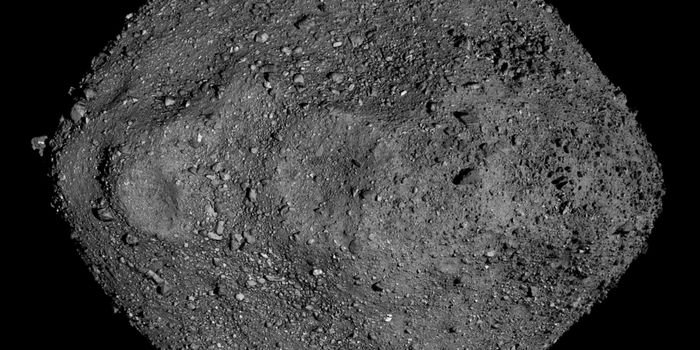Advances in Space Junk Cleanup Technology Could Change the World for the Better
It was only a few days ago that the British RemoveDEBRIS spacecraft tested the concept of a tethered harpoon as a means of space junk cleanup for the first time, and it was more successful than we ever could have hoped. But what does this mean for the future of space junk cleanup? A good question, but the answer is more complicated than one might think.
Although the harpoon-centric test was deemed successful, that doesn’t mean we’ll be mass-deploying space junk harpoons anytime soon. Cleaning up the uncountable bits of space junk that encircle our planet today will necessitate careful planning and something that’s much more efficient than a single-use space junk harpoon satellite like RemoveDEBRIS.
Another thing to keep in mind is that some space junk bits are much too small to capture with a harpoon or net. Many pieces of space junk are as tiny as nuts or bolts, and they’re traveling more than ten times faster than the speed of a bullet. Sadly, space junk fragments like these continue to multiply as more significant pieces of space junk collide in outer space.
Cleaning up space junk is critical if we want to ensure the long-term feasibility of space travel; this is because those fast-moving fragments pose severe risks to rockets and astronauts that aspire to leave Earth’s atmosphere to visit other worlds. Although the RemoveDEBRIS concept is nothing more than just a concept at the time of this writing, the success of these tests could one day contribute to an effective means of cleaning up space junk for good.








